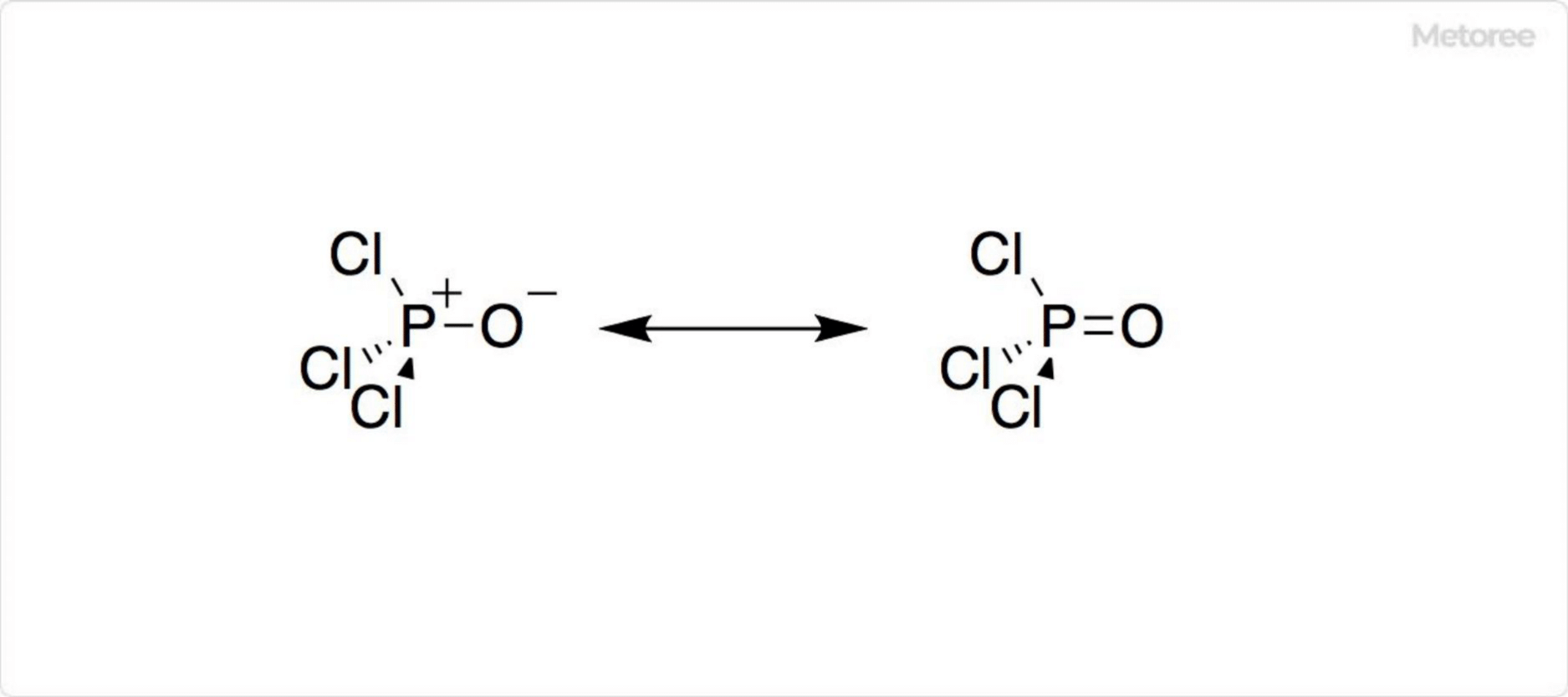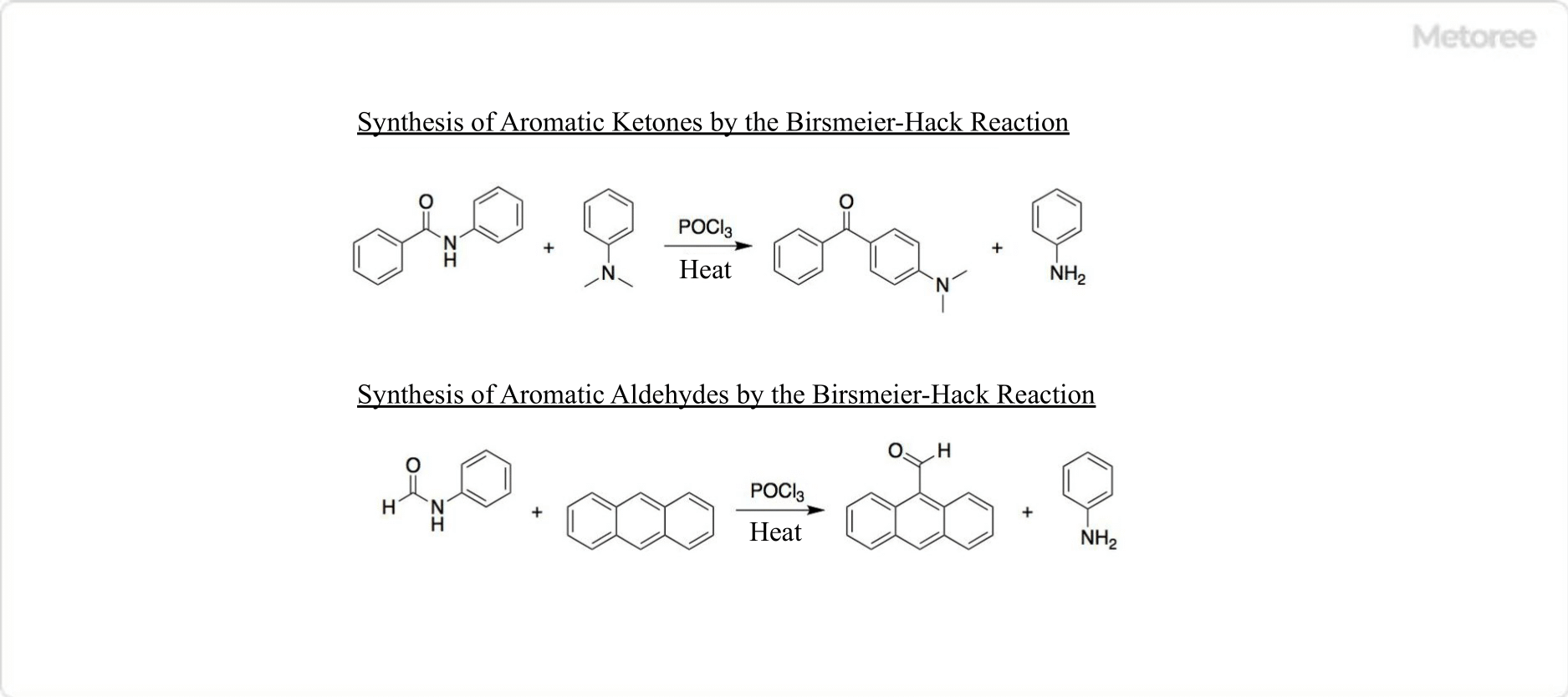What Is Ethylenediaminetetraacetic Acid?
Ethylenediaminetetraacetic Acid (chemical formula C10H16N2O8) is a type of metal chelating agent that exists as a colorless crystalline individual at room temperature. It is also known as EDTA, or edetic acid.
It sequesters metal ions, thus preventing their inherent reactions with other components and creating stable water-soluble chelates.
Uses of Ethylenediaminetetraacetic Acid
Ethylenediaminetetraacetic Acid is mainly used as a chelating agent in a variety of fields.
1. Chelatometric Titration
Ethylenediaminetetraacetic Acid is used to measure the concentration of metal ions by utilizing its 1:1 bonding property with metal ions.
First, an indicator that develops color by forming a complex with a metal ion is added to a metal ion solution of unknown concentration.
Next, an aqueous solution of EDTA, the concentration of which is known, is gradually added drop by drop.
When all the metal ions in the solution form chelate complexes, the coloration disappears. The concentration of the metal ions is determined from the amount of EDTA solution dropped at this time.
2. Water Treatment
Ethylenediaminetetraacetic Acid is used in the treatment of tap water to remove calcium and magnesium salts that have accumulated in the pipes. It is also used in the food and cosmetics industries to prevent poor quality caused by metal ions.
3. Medical Care
In the pharmaceutical field, it is used to maintain the properties of drugs that prevent blood clotting, antibiotics, antihistamines, and local anesthetics.
Ethylenediaminetetraacetic Acid is also sometimes used in the treatment of heavy metal poisoning, known as chelation therapy. Metal poisoning is a condition caused by the accumulation of excess metal ions in the body. It is administered to remove excess metal ions from the body, thereby relieving the symptoms of poisoning. For example, it is used to treat patients with lead poisoning.
4. Biological Experiments
Cells, proteins, and DNA are bound together via metal ions, and EDTA is used to diverge these bonds.
For example, artificially cultured cells are bound to each other via metal ions, and an enzyme solution with EDTA is commonly used to break cells apart from each other. DNA and proteins are also often bound to metal ions, which can be removed by adding EDTA.
5. Antioxidants
Oxidation is known to occur in rubber, vegetable oils, and foods through the catalytic action of trace amounts of metal ions. Since oxidation causes quality deterioration, ethylenediaminetetraacetic acid is sometimes added as an antioxidant as a countermeasure.
Properties of Ethylenediaminetetraacetic Acid
1. Physical Properties
Ethylenediaminetetraacetic Acid is a white solid at room temperature with a molecular weight of 292.24 and a melting point of 237-245℃. Its solubility in water is 0.2g/100g and octanol/water partition coefficient is -3.86.
2. Chelating Action
Ethylenediaminetetraacetic Acid has the property of binding to and forming complexes with metal ions that affect products. Since it traps metal ions, it acts to prevent inherent reactions between metal ions and other components.
The binding of a ligand with multiple coordination sites to a metal ion is called a chelate, and EDTA is known to form stable, water-soluble chelates with many metal ions.
Ethylenediaminetetraacetic Acid has four coordination loci, allowing it to bind to almost any metal ion from 1 to 4 valence, including silver, calcium, copper, and iron.
Other Information on Ethylenediaminetetraacetic Acid
1. Production Method
Ethylenediaminetetraacetic Acid is produced by reacting ethylenediamine, sodium cyanide, and formalin in the presence of an alkali at 60 to 150°C. The resulting solution in the sodium salt state is then used to produce EDTA.
Ethylenediaminetetraacetic Acid in the sodium salt state obtained can be purified to obtain highly pure EDTA. Ethylenediaminetetraacetic Acid is usually sold as the divalent sodium salt.
2. Environmental Impact
Ethylenediaminetetraacetic Acid can have a negative impact on the environment. It is highly water soluble, and if released into wastewater, it can enter rivers, oceans, and other bodies of water.
If wastewater containing EDTA is not properly treated, it may adversely affect aquatic life and water quality by binding dissolved metal ions in the water.
3. Effects on the Human Body
Ethylenediaminetetraacetic Acid binds strongly to metal ions and has been reported to cause adverse effects such as bone marrow suppression and renal failure when ingested in large quantities. However, it is safe in commonly used concentration ranges and may be added to foods and pharmaceuticals.


